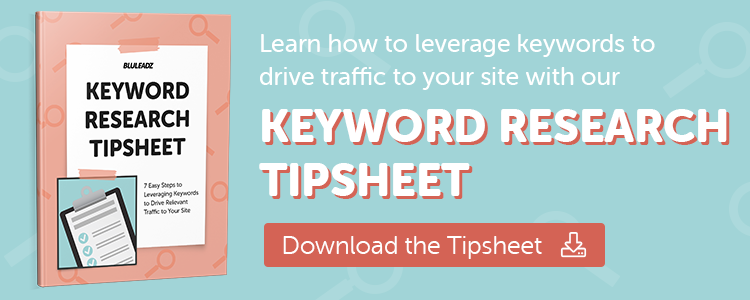Deciding which SEO metrics to focus on is a vital part of marketing success.
Without a clear understanding of SEO metrics and what they mean to you, it’s easy to fall into the trap of chasing after vanity metrics that don’t really provide meaningful performance data.
Today, we’re checking out the core SEO metrics any campaign should stay laser-focused on.
The Big 3: Strategic SEO Metrics You Absolutely Need to Monitor
1. Organic Traffic

Organic traffic is the most important metric for getting your site started. As you grow, you’ll become interested in quality traffic over quantity – but organic traffic is the cornerstone. Ideally, it should be increasing every week.
Organic traffic is traffic you get from natural search queries. Of all the different types of traffic, it’s the one most indicative of your site’s overall health: In effect, it represents real search keywords for which your site ranks well.
As you introduce more keywords into your content strategy and rank within the first results page for them, organic traffic increases. Consistent gains in traffic should track alongside your effort to post more optimized content.
There are several other types of traffic, of course, including Direct, Social, and more. Your data analytics suite should equip you to keep an eye on these over time. More organic traffic will help to push these other categories higher.
2. Bounce Rate
Bounce rate is the percentage of users who arrived at your site and left without interacting in any way.
Bounce rate is the scourge of digital marketing, especially in paid traffic – it’s a huge driver of Google Ads prices, which can lead to a pain spiral of super-expensive ads that don’t do anything.
There are three main contributors to bounce rate:
- A user got to your site and didn’t like it or didn’t need it – they clicked the wrong thing.
- A user got to your site but didn’t see what they wanted – they reached the wrong page.
- A user got to your site, but there was a problem – they couldn’t interact with the page.
Of these, you can’t really do much about the first problem: It happens.
The other two are under your influence, and that’s where positive changes are made. Be sure to develop useful, keyword-focused landing pages based on the core themes of your site: That means the business problems and burning questions you help visitors with.
3. Conversion Rate
If you want more of your traffic to add value to your bottom line, conversion rate is what you go for.
Conversion rate is the percentage of visitors that took a defined action to move toward a sale.
There are many different conversions throughout the buyer journey:
- Subscribing to your email list to receive periodic updates and build a brand relationship.
- Reaching out to your sales team to get a product demo or schedule a discovery session.
- And, of course – the most powerful of them all – actually making the first purchase.

When SEO experts monitor conversion rates, they start by looking at final sales. Still, it’s essential to break down your conversion optimization to take all these different events into account: That way, you can see where conversions fall off throughout your entire marketing funnel.
The Little 3: Tactical SEO Metrics for Better Customer Experience
1. Dwell Time
Dwell time is the average amount of time each user spends on your pages within a session. It’s a good idea to segregate this figure from your bounce rate, since the latter adds noise to your data by including zero-second sessions into your total.
As a rule, your dwell time should be going up. This usually indicates two good things:
- Visitors are finding your content interesting and informative and actually reading it.
- Visitors are encountering your sophisticated content as they near a buying decision.
The longer, better-structured, and more helpful your content is, the longer dwell time gets!
2. Top Exit Pages
Exit pages are informative because they tell you where you lost someone – literally.
While any user can exit on any page, you should take action if you notice a clear pattern.
If one page is driving lots of people to exit, then there’s a problem:
- The page didn’t deliver on the “implied promise” of the link they clicked to get there.
- The page didn’t work the way it should – the design or technology needs adjustment.
- The page upset or offended them in some way – it didn’t match the audience’s needs.
3. Return Traffic
Return traffic demonstrates commitment to your content and a growing awareness of your brand. You’re unlikely to get much return traffic at first, but serialized content, infographics, meaty thought leadership pieces and social media activity all encourage return traffic.
What SEO metrics do you use to energize your business? Let us know below!


Rob Steffens
I am the Director of Marketing here at Bluleadz. I'm a huge baseball fan (Go Yankees!). I love spending time with friends and getting some exercise on the Racquetball court.